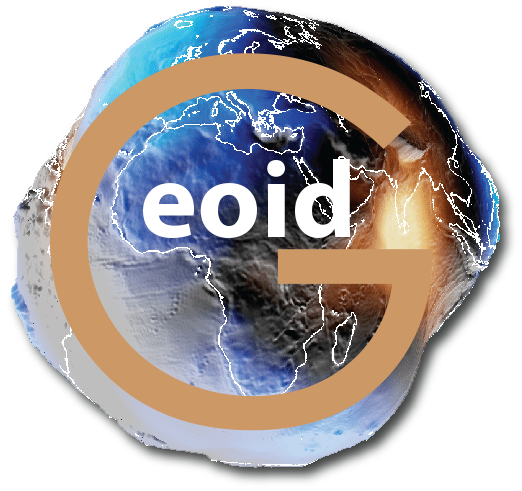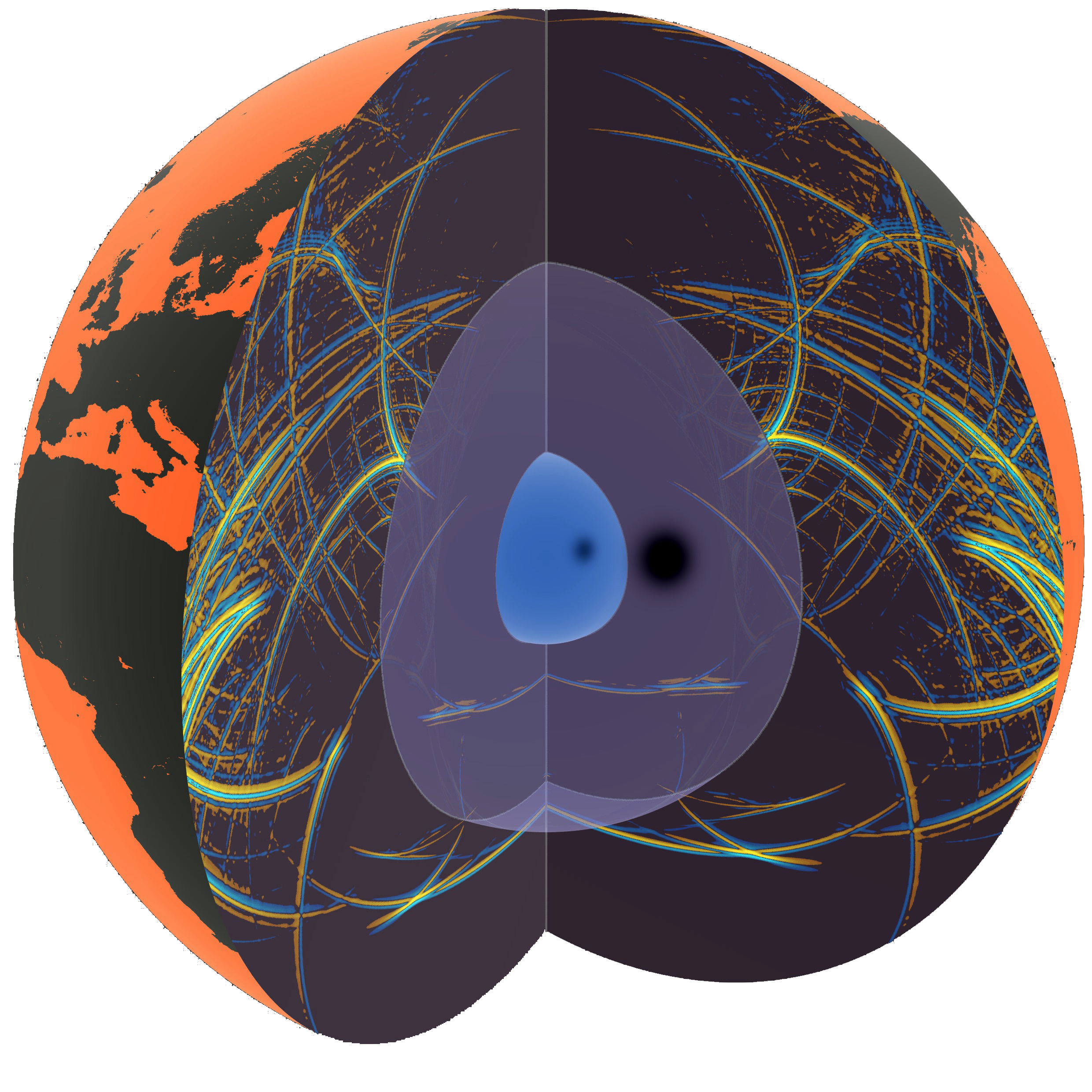Global Agency of Geosciences Experts
Global Agency of Geosciences Experts
To teach the fundamentals of seismic reflection and processing technology. Principles of seismic data processing, velocity analysis and stacking and migration.
Profesionnals with a Scientific background.
Background in Geosciences, petroleum geology or basic Petroleum Engineer knowledge
5 Session






 Geoid Training available
Geoid Training available

Principles of seismic methods Propagation in a stratified medium The shot point domain Equation of direct waves, refracted waves and reflected waves in the (X,T) plane Diffracted waves Anatomy of a shot point Exercises
Size of data: a 3-D example Computation complexity Conventional and modern processing Key components of data processing Convolutional model of the Earth Geological models of the earth Genesis of the seismic trace Exercises
General expression of the seismic trace Objectives of the processing Estimation of the reflectivity log Standard processing sequence Deconvolution Purpose of deconvolution Spiking deconvolution Predictive deconvolution Results of deconvolution Exercises
Seismic velocity in data processing NMO correction Velocity analysis in practice Seismic velocities derived from processing Inaccuracy of the stack section Exercises
Migration principles Effects of migration Criteria of migration type selection Post-stack migration Pre-stack migration Depth migration Exercises Quizz







If you require a classroom training or a video training we’ll put you in contact with the best professor teaching in the language of your choice.
© 2022 All rights reserved